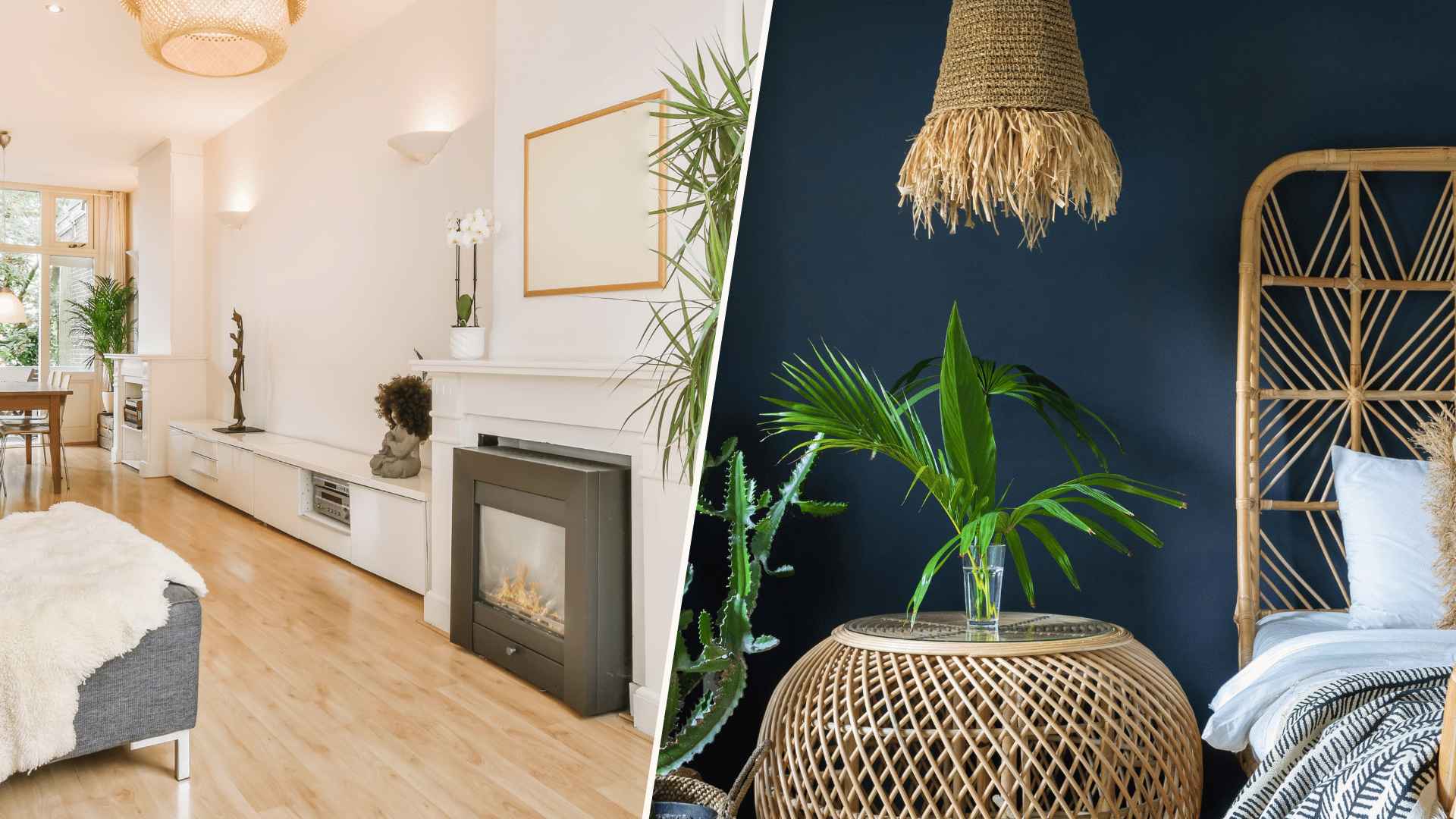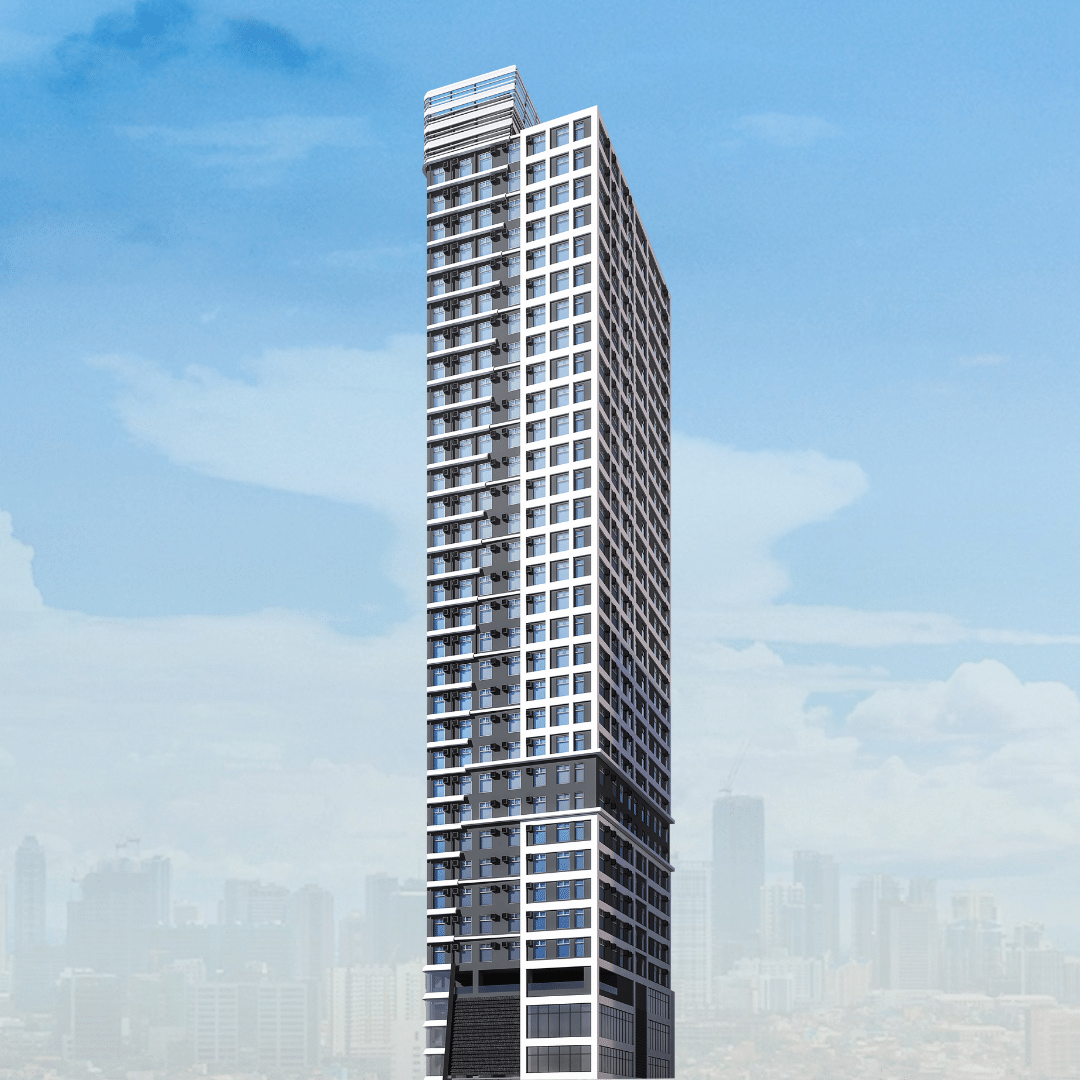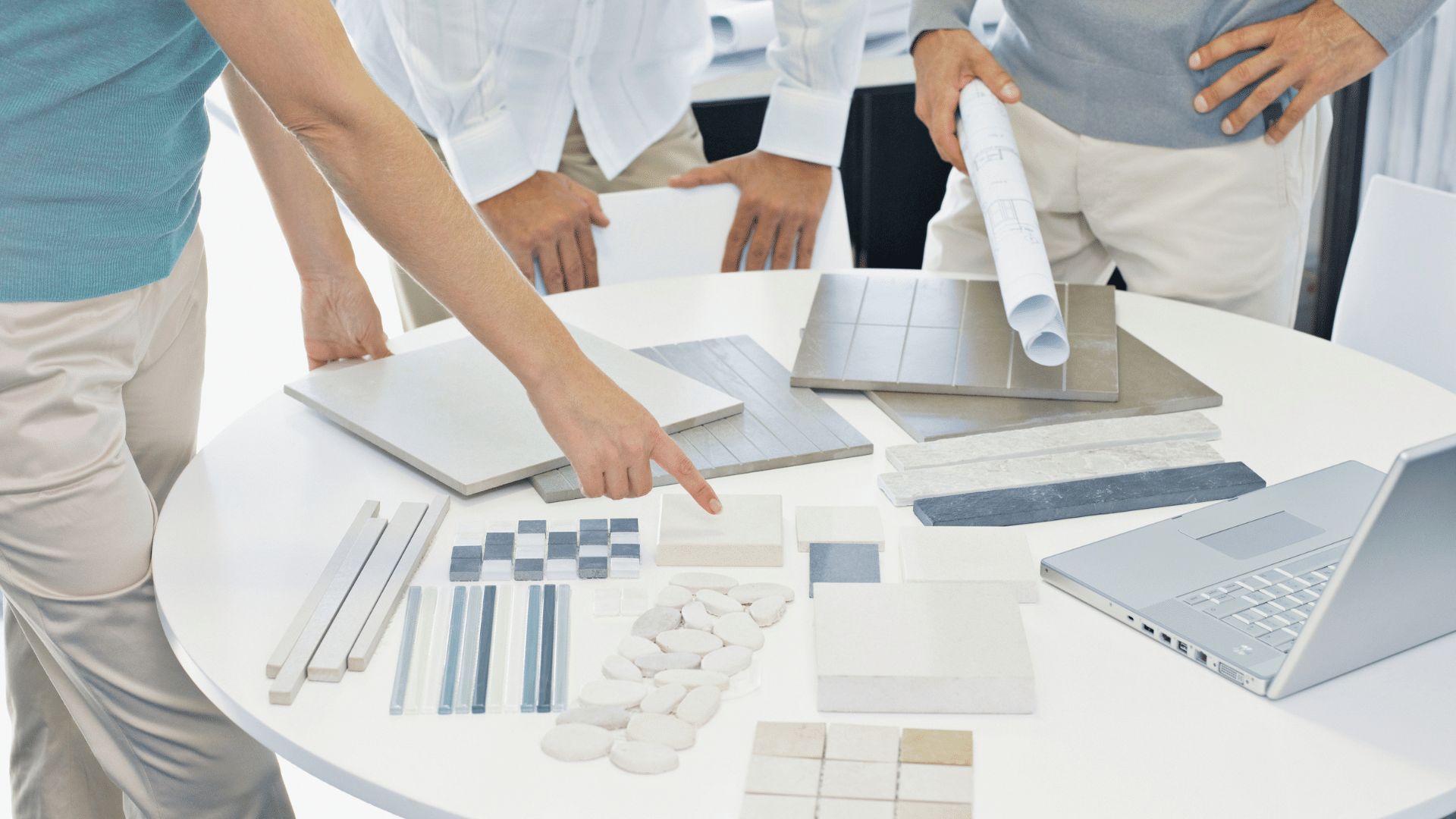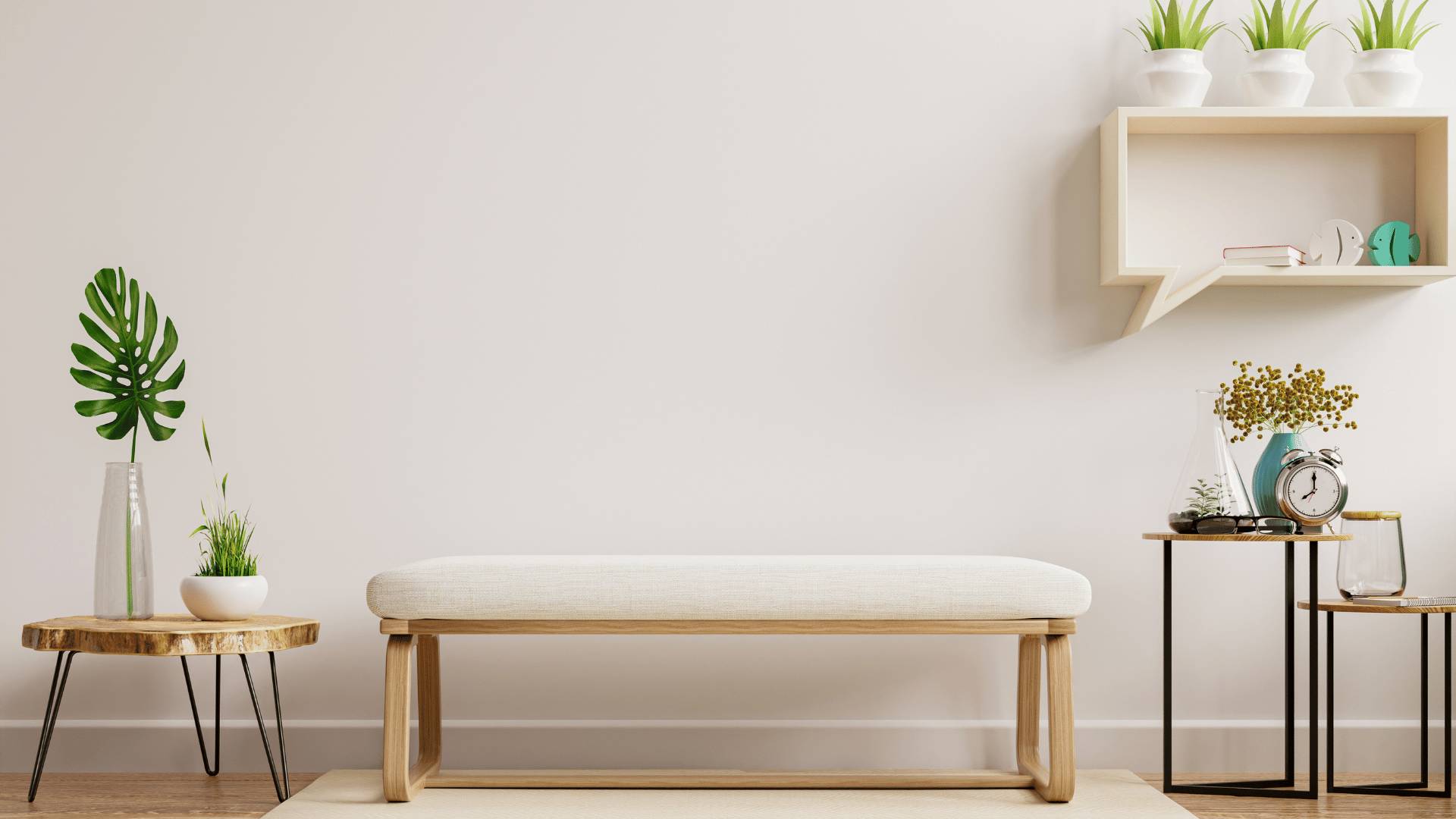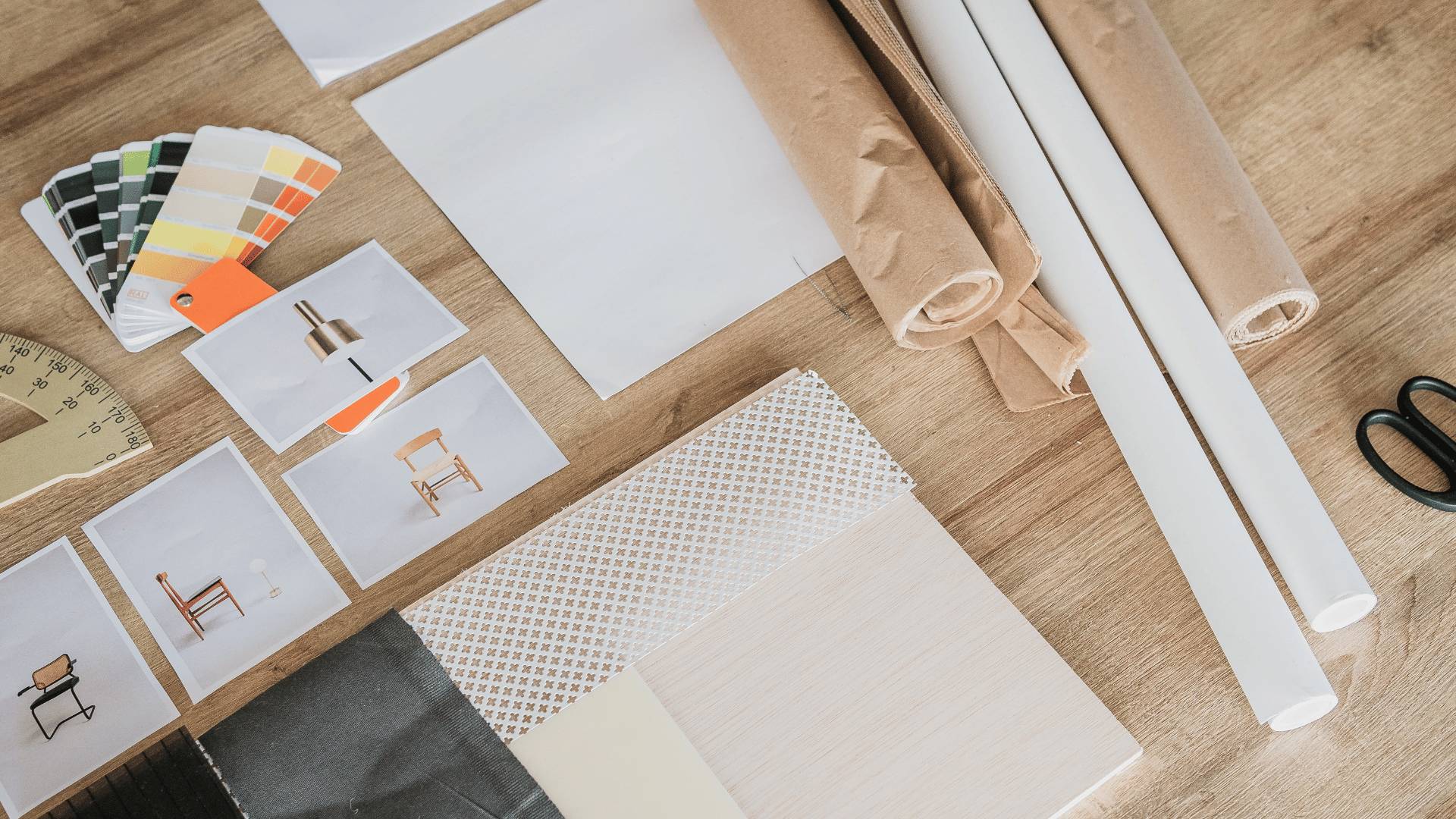The way your home looks projects your style, interests, and character. While some people prefer more traditional interiors with simple and basic features, others opt for more contemporary interiors with modern decor and styles. It might be challenging to decide between traditional and modern interior design when choosing the style of your home or condo.
What is interior design?
The wall colors, what sort of furniture you'll select and how you'll put it together, the number of bedrooms, the number of windows, the decorations you'll display, and many more—have you ever considered the style you would like for your future home?
Interior design establishes how a room will function, how it will appear, and how it will be pleasing to your senses. It is not just about how your dream home would look; it is also about how comfortable you would feel there, how safe and peaceful you would find it to be, and how it would make you feel to live there. So make sure that you are not choosing only for the sake of aesthetics, because there is a whole lot more to that.
Choosing Between Modern and Traditional Interior Design Styles
Whether you want to have a classic and traditional home or prefer a modern and contemporary kind, is really entirely a question of preference. Each design is aesthetically beautiful, but which do you like more?
If you’re thinking about which interior suits you and your home more modern and traditional, then we’ll list them out for you.
Modern Elements in Contemporary Interior Design
Associated with Evolving Trends
Modern or contemporary design has become more popular in recent years. Because they prefer something that looks neat, streamlined, and minimalistic, many homeowners are choosing to rebuild their homes in a modern style.
Minimalist
Try viewing it with fresh eyes when considering the definition of a contemporary home. Most likely, the minimalism and geometry of a house will provide the solution.
Modern homes frequently feature the concept of open-plan living areas, huge windows and glass doors to let in natural light, and clean lines. The outside is typically covered by a modern roofline or a minimalist "box" shape. Modern designs often have lighter tones inside and darker shades on the outside. Bright lighting combined with black walls enhances natural light while also removing any shadows made by furniture placed in various locations throughout the room. All of this contributes to each home's elegant lines.
Freedom with Design
Your modern home is a blank canvas that invites as much imagination as you'd like.
Modern interiors are distinctive and one-of-a-kind because they are frequently asymmetrical. Modern architecture is all about using dramatic but tasteful elements to add to each home's overall aesthetic without going overboard. Contemporary architecture encourages the use of more shapes, natural materials, palettes, and forms. This is because you aren't being creatively constrained by a particular era.
Many people think that this interior design fits today's lifestyle better, as it places a focus on utilizing cutting-edge technologies to create adaptable living spaces and functional furniture that support a sustainable way of life.
Traditional Elements in Interior Design
Associated with History and Nostalgia
For those who grew up in these types of homes as kids, these styles frequently evoke feelings of warmth and nostalgia. Because so many people link classic designs with their grandparents' homes, for many interior designers, they also evoke a sense of permanence or tradition.
Traditional Symmetry
When it comes to a sense of balance and comfort, traditional homes typically win.
Symmetry in a home symbolizes stability and security. Traditional symmetry pertains to the kind of symmetry that characterizes these kinds of homes in great detail. Symmetry is crucial when it comes to classic style. As long as they are uniformly placed on both sides of the house, it doesn't matter if the windows and doors are not centered. The concept of "proportion," which describes how components of a design are ordered to establish various connections between the distinct pieces of the whole, is another concept underlying symmetry in traditional homes. The aim is for all components to be harmonious and aesthetically pleasing, including any colors or textures employed.
Timelessness
The fact that the traditional style is still relevant in the modern art of the contemporary era makes it exceptional and timeless.
To keep a connection to the past, traditional architecture has been practiced over time. As a result, there is no need for tweaking to maintain the retro vibe, and the style is distinctive. In order to create homes that suit their clients' preferences, architects use certain features.
Historical or traditional home styles include Victorian, Colonial, Craftsman, and Neoclassical. Although the styles' places of origin and construction differ, the properties' interior design components are similar. One thing to note, however, is that there are many different traditional design styles, which might change depending on the tastes of each community from area to region or even town to town.
Breakdown: Modern vs. Traditional
Floor Plan
Traditional floor plans favor the division of rooms.
Modern plans, on the other hand, are known for their open-bottom design.
Materials
Traditional homes frequently use figures and mathematics in their construction. They are constructed using techniques and materials that are readily available locally and offer adequate strength.
Modern homes use a more organic approach that takes into account both the mortal aspect and practical equipment. They are mostly made of glass, metal, and concrete.
Furniture
Traditional cabinetry utilizes neutral wall colors that can highlight the furniture's accent colors. Additionally, chairs and settees are covered in warm, jewel-toned material. The focus of the style is also on lavish upholstery and exquisite ornamentation.
Modern home designs keep pushing the limits to find creative methods to combine functionality and style. They include furniture that improves the lives of the residents, which frees up more space and makes the house appear larger than it is.
Lighting and Windows
Traditional homes' window designs are not constrained and may be of any type; however, they are largely symmetrically positioned. They frequently lack a functional front veranda and instead feature a wide-covered veranda supported by columns. They include admirable elements like stained glass, hand-carved wood carving, vintage furniture, and antique interior design to make up for their lack of natural light.
Modern houses stand out for having big, wide windows that let in a lot of natural light. Along with many of the structural basics that one may appreciate in this type of modern design, pairing large point windows with smaller ones on the façade of the house can create a deliberate impression of asymmetry.
Modern and traditional interior design
Despite their visual differences, both designs have certain things in common, notably clean, straight lines throughout, the use of minimal ornamental features, an eye for function over form, and the fact that they are intended to be practical rather than extravagant or opulent. Although modern and traditional styles adhere to different design concepts, there is no reason to believe that they are incompatible. Actually, you can make use of both in the same space and make your home or condo unit modern and traditional!
The good news is that these two concepts have a few characteristics in common that make them more compatible with one another than you may expect. While more traditional living room designs tend to be heavier and more intricate, like a Scandinavian design and modern ones tend to be sleek and minimalist with soft furnishings, both are versatile enough to be used in a variety of spaces. You never know; maybe you can incorporate both styles for an elegant, classy design in your living room without making it seem stuffy or old-fashioned.
You can combine a cohesive modern and traditional look by utilizing vintage pieces of furniture like armchairs, tables, and lamps with the clean lines of contemporary accents like black-and-white photographs or sleek metallic items built from industrial materials.
There are lots of styles and trends to choose from in terms of interior design. A traditional interior design would probably be a better option if you have more traditional beliefs and value simple, antique, and vintage furniture and architecture. A modern interior design, on the other hand, is the option for you if you prefer a more sleek and refined home with sophistication and refinement.
However, the aim is to create a room that feels cozy and welcoming for you and your visitors. There are various methods for designing a home that is both attractive and useful. One of the most crucial elements in designing the ideal place for you and your family is choosing a style that meets your preferences.
So, choose what you think would suit you best and decorate your home to your heart’s content!
For more information on Vista Residences, email [email protected], follow @VistaResidencesOfficial on Facebook, Twitter, Instagram, and YouTube, or call the Marketing Office at 0999 886 4262 / 0917 582 5167.
